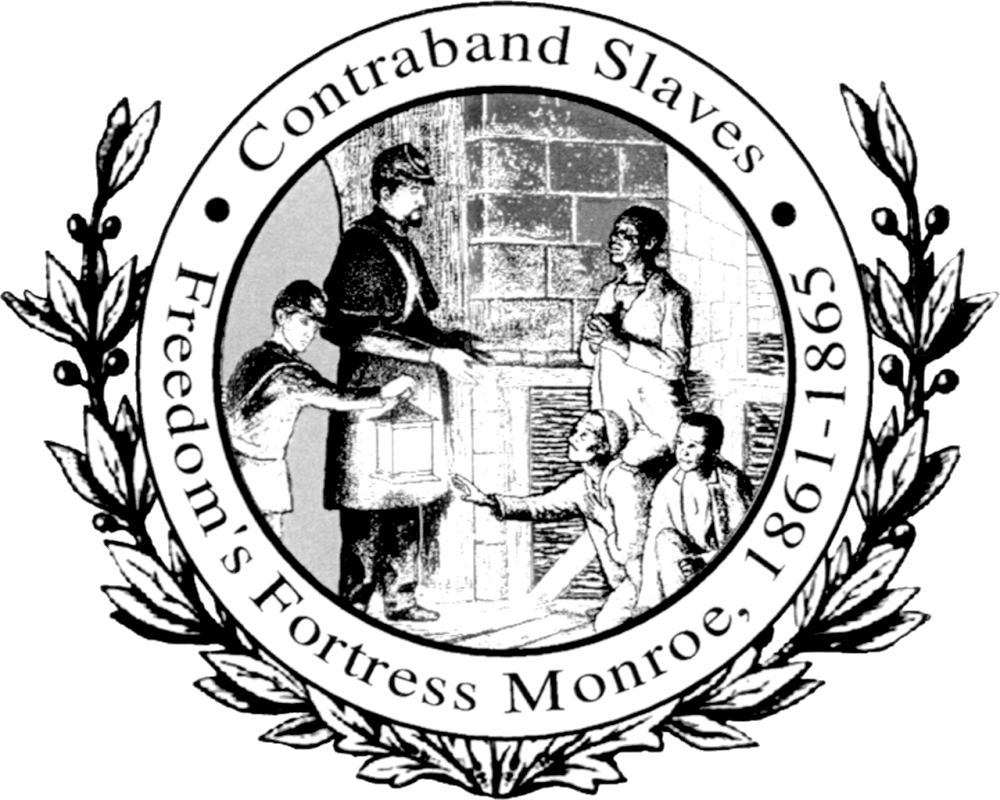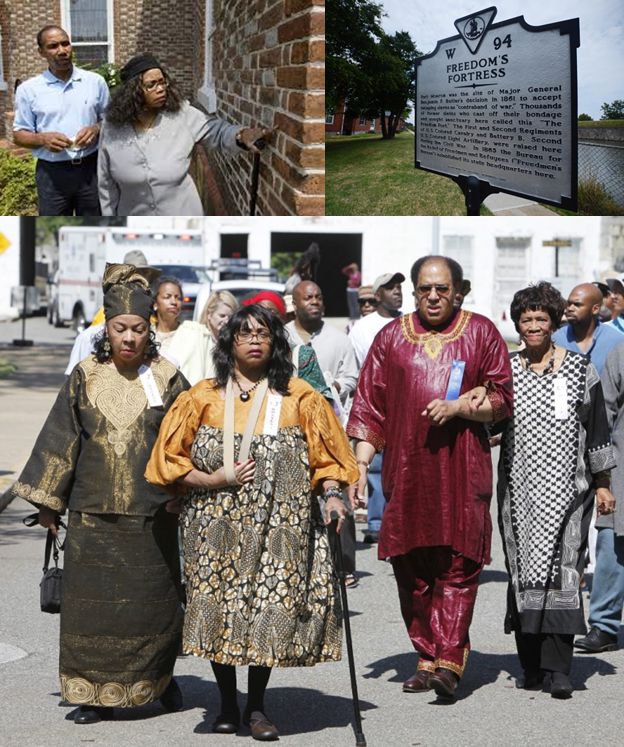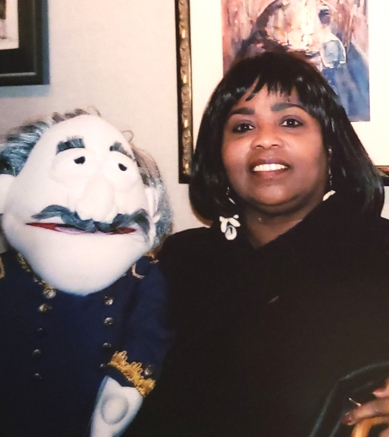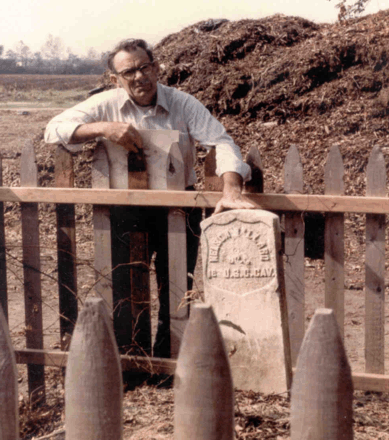
Tributes
CHS FOUNDER: THE LATE GERRI HOLLINS,
(May 15, 1947-July 19, 2012)


Ms. Hollins' own ancestors were among the thousands of slaves who later sought refuge at the Union fort at Point Comfort, Fort Monroe, known to many as "Freedom's Fortress".
"Gerri was an amazing person," Mayor Molly Joseph Ward said. "She was a gifted singer, writer and teacher and our community will always remember her for her steadfast devotion to the history of the contraband slaves. She was the keeper of the flame and the genesis of why we have a national monument at Fort Monroe today."
"She was inclusive, compassionate, forgiving and what she did more than anything else is she opened up the discussion and memory of that time and place without hatred," Cobb said.
"We will be forever grateful for her dedication and commitment to preserving the history of the contrabands at Fort Monroe and making certain that their contributions will always be known," Oder said.
Glenn Oder, Fort Monroe Authority director, said Ms. Hollins was a "vigilant leader in the grass roots efforts to declare Fort Monroe a national monument."
Her legacy will live on through the Contraband Historical Society.
July 20, 2012 | By Robert Brauchle, rbrauchle@dailypress.com
 Kenneth L. Quinn was awarded "Living Legend" in 2004 (1929-2007)
Kenneth L. Quinn was awarded "Living Legend" in 2004 (1929-2007)
Mr. Quinn, a local historian and amateur archaeologist, did extensive research collecting a lot of information on the man buried there: Nelson Ballard, a black man who served in the United States Colored Cavalry during the Civil War and on the farm that had slave quarters on it.
During the Civil War, the United States government, enlisted a total of 180,000 black soldiers. These men officially became known as the U.S. Colored Troops. Over 29,000 more are stated to have been enlisted in the United States Navy (25% of all Navy enlistment at that time).
Mr. Quinn discovered a slave cemetery on the old Downey Plantation locating a lone tombstone which marked the cemetery. The tombstone was that of Nelson Ballard. On December 23, 1984, Mr. Quinn single-handedly prevented the city of Hampton from constructing a road that would have destroyed the slave cemetery. Hugh S. Watson documented Mr. Quinn’s story in the Daily Press (Hampton Roads) newspaper. Since the article was published it has become widely known that the Downey Farm possessed a slave burial ground. Mr. Quinn is a champion for right and truth.
......I once lived at 137 Westbrook Dr, in Hampton. This was between the years of 1958 and 1964 and I was quite familiar and intrigued by Mr. Nelson Ballard’s headstone. The land on which it sits was once part of Selden’s Dairy Farm. I have carried the memories of that grave site around with me for close to five decades and many, many times wondered if it was still there.
I have searched data bases on the 1st USC Cavalry and genealogy websites looking for information on Mr. Ballard. I even looked for a re-interment record through the National Cemetery system. I never thought to simply type his name and regiment into a search engine. I thought that the grave marker had probably disappeared or had been knocked over and covered up with virtually all memory of it lost to history. I just recently found your website and want to thank everyone involved in the saving and honoring Mr. Ballard’s final resting place.
I have often longed to return to Hampton in the last twenty years or so to search for it but never had the opportunity as I had been living in Southern California for the last thirty years until our recent move to Nevada. What I never knew of course was that the spot Mr. Ballard is buried on was also a slave cemetery. I always thought it a an old home site that belonged the Ballard family, as I use to find pieces of what appeared to be farm equipment, by then old and rusting, scattered around near the grave. As I have not seen it for some forty-six years I was wondering if I might be able to get a photo of it (I took some of it back in 1963 with my Brownie camera, but they have long since disappeared somewhere along the line)... Thank you.
Sincerely, J. R. Kebelman